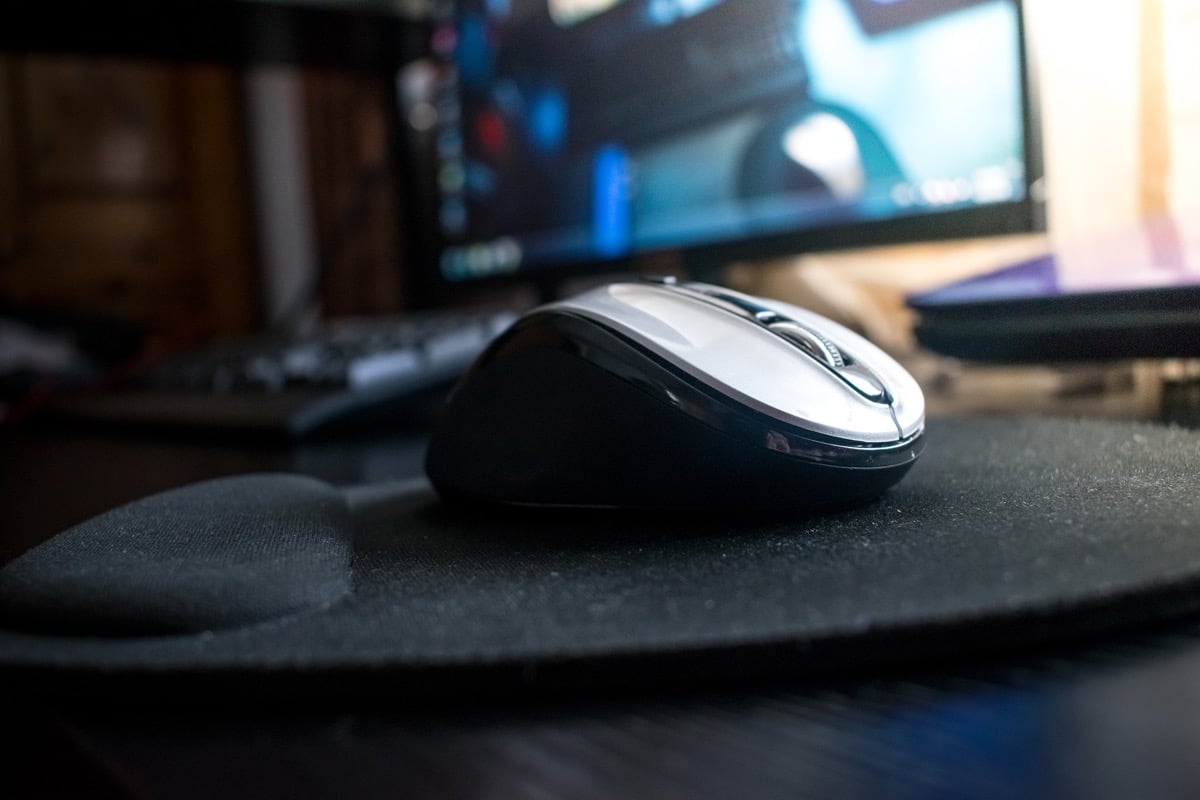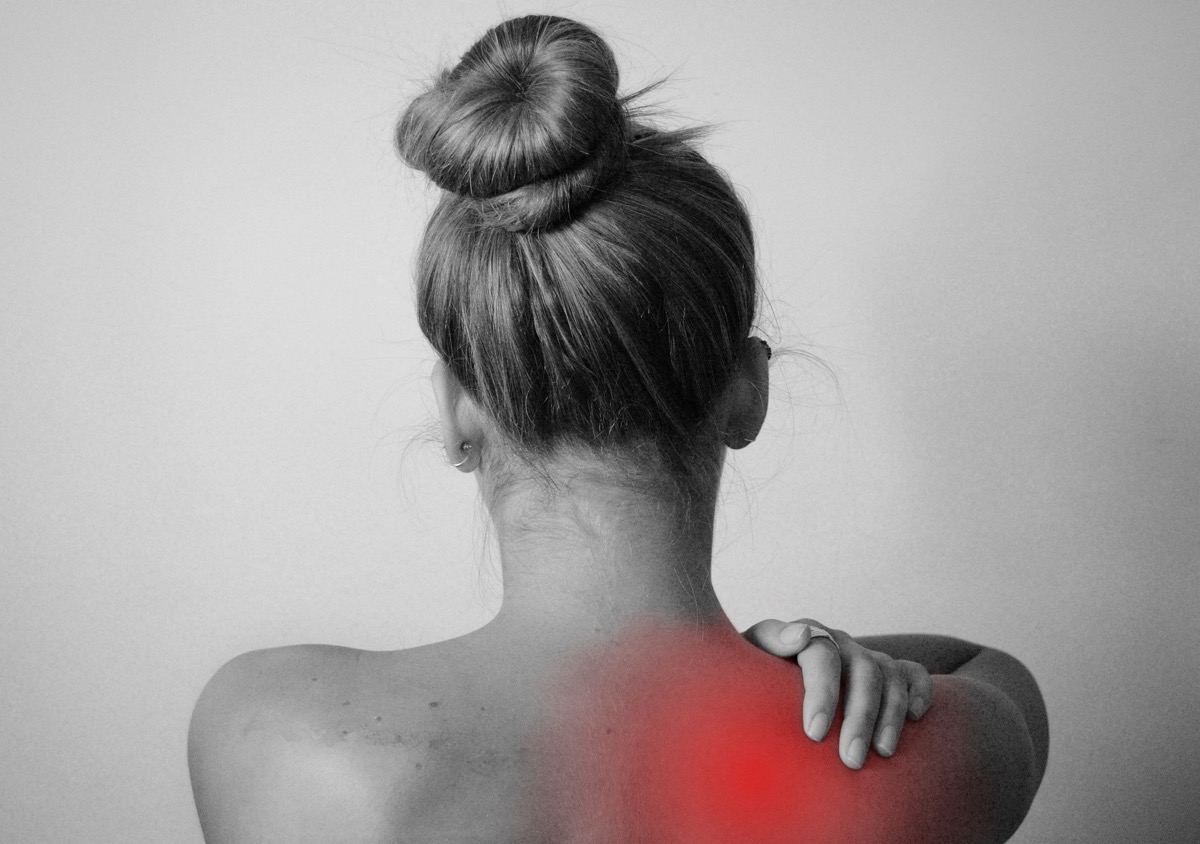
Your doctor may have talked to you about ergonomics at one time or another. It is necessary to know about this in order to have a good posture both in your personal life and in your work life. But it is not only necessary for your posture, once you know more about this topic you will understand its importance.
Ergonomics is the process of designing or organizing workplaces, products, and systems to suit the people who use them. Most people have heard of ergonomics and think it has something to do with the seats or the design of the controls and instruments in the car, and it is ... but it is much more.
What is ergonomics
The ergonomics applies to the design of anything that involves people: work spaces, sports and leisure, health and safety. It is a branch of science that aims to learn about human capabilities and limitations, and then apply this learning to improve people's interaction with products, systems, and environments.
Aims to improve workspaces and environments to minimize the risk of injury or damage. As technologies change, so does the need to ensure that the tools we access to work, rest, and play are designed for the requirements of our bodies.
Why is ergonomics important?
The cost of poor ergonomics in the workplace is synonymous with work-related injuries and illnesses. Low back pain is the world's most common occupational disability, affecting employees in offices, construction sites, and in the highest risk category, agriculture.

The ergonomics aims to create safe, comfortable and productive workspaces by incorporating human capabilities and limitations into the design of a workspace, including body size, strength, skill, speed, sensory abilities (vision, hearing), and even individual attitudes.
Ergonomics in the elderly population
In today's society around the world the number of older people increases every year, something that is normal since there is a better quality of life and people have the opportunity to live longer and enjoy aging and old age in the best way possible.
With this, equipment, services and systems will need to be designed to meet the growing needs of the aging population, applying to public transport, construction facilities and living spaces.
How does ergonomics work?
Ergonomics is a relatively new branch of science that celebrated its 50th anniversary in 1999, but it draws on research conducted in many other older and more established scientific areas, such as engineering, physiology, and psychology. To achieve best practice design, ergonomists use data and techniques from various disciplines:
- Anthropometry: body sizes, shapes; populations and variations
- Biomechanics: muscles, levers, forces, force
- Environmental physics: noise, light, heat, cold, radiation, vibration, body systems: hearing, vision, sensations
- Applied psychology: ability, learning, mistakes, differences
- Social psychology: groups, communication, learning, behaviors

Bad ergonomics risks
Bad ergonomics is not the same as poor design. With design, ergonomics is just one of many factors that require attention. Ergonomics must be balanced against other factors such as aesthetics (how a product looks), market (what people want to buy), and budget, which can determine the quality of the materials and components used to build it.
Poor ergonomics describes the lack of unity between the environment, the task and the equipment. An upright dining chair, for example, may not be considered ergonomic, but in the right environment, such as an infrequently used dining room, it does the job perfectly. In an office environment where people need to sit for long periods of time, the same type of chair could cause problems due to its lack of lumbar support and the stiff, static angle.
Common ergonomic injuries
Next we are going to tell you which are the most common ergonomic injuries in people who do not take this into account in their day to day life.
- Carpal tunnel syndrome. Caused by pressure on the meridian nerve, which runs from the shoulder to the hands and is often caused by prolonged use of the mouse and keyboard.
- Ganglion cysts A lump under the skin (usually on the wrist) often caused by overuse of the joint leading to inflammation.
- Raynaud's disease. Limited blood supply and numbness in some areas of the body, sometimes triggered by repetitive movements.
- Tendinitis Joint pain or swelling, often caused by repetition and awkward posture.
- Lower back problems It can be caused or made worse by prolonged sitting in awkward postures, lifting, twisting, and bending over.
- Other musculoskeletal disorders (MSD). Over time, poor posture and workstation setup can lead to problems with muscles, nerves, blood vessels, ligaments, and tendons.

Characteristics and types of good ergonomics
Next we are going to talk to you about the characteristics and types of good ergonomics so that in this way you can implement it in your daily life. So you can have a better body posture and what is more important ... You will understand what ergonomics means.
Since we all spend so much time at work, it is important that employers promote good ergonomics. While purchasing appropriate ergonomic equipment is a vital first step, it is by no means the only solution. What's more, This not only applies to work, but it also applies to your personal and daily life.
- Equipment. You need a suitable work equipment so that your body has a good posture all the time.
- Workstation configuration. Setting up your workstation is just as important as having the right equipment. Configuration is about positioning the equipment at the correct height, angle and distance for the user's needs.
- Regular movement. The key to greater health and productivity in the workplace or in personal life is finding the perfect balance between moving, standing, and sitting. For example, the ideal is to spend 20 minutes sitting, eight minutes standing, and two minutes moving or stretching.
Good posture
People often underestimate the importance of good posture. We all know that poor posture, such as falling and slouching, can cause aches, pains, and injuries, but posture is known to affect how we feel, think, and behave as well. One study found that Good posture can help us feel more positive and recall positive memories more easily.
Body language is important - when we stand or sit upright, we feel more confident, powerful, and alert. For any ergonomics question You can talk to your doctor or physical therapist to find balance in your body.